
Recommendation
The emphasis on process performance as an element of organizational success is growing. Strategy consultant Ralph Smith explains the evolution of strategic processes as tactical weapons in business leaders’ competitive arsenals. He provides a brief analysis of the current state of global competition and demonstrates how what he calls “process-based competition” evolved from Total Quality Management. However, his book is not just historical; it is practical. Smith explains how to create a “strategy map” and how to use it as a foundation for your balanced scorecard. He organizes the final chapters of his book around a six-step flowchart that will help you become an effective strategic-process competitor. The book is concise but dry. Like many authors with systems of their own, Smith advocates using facilitators and consultants – especially himself – to guide you through your strategic process. However, underneath his sales pitch lies a good deal of substance. getAbstract recommends this book to executives who are looking for practical implementation strategies.
Summary
About the Author
Ralph Smith has helped hundreds of firms improve their performance and has been a featured speaker at several universities in the United States.








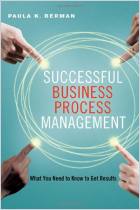

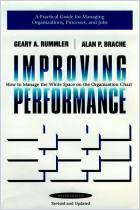
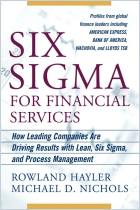
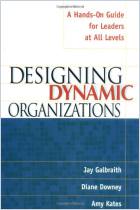
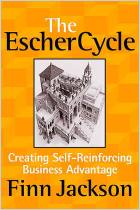







Comment on this summary